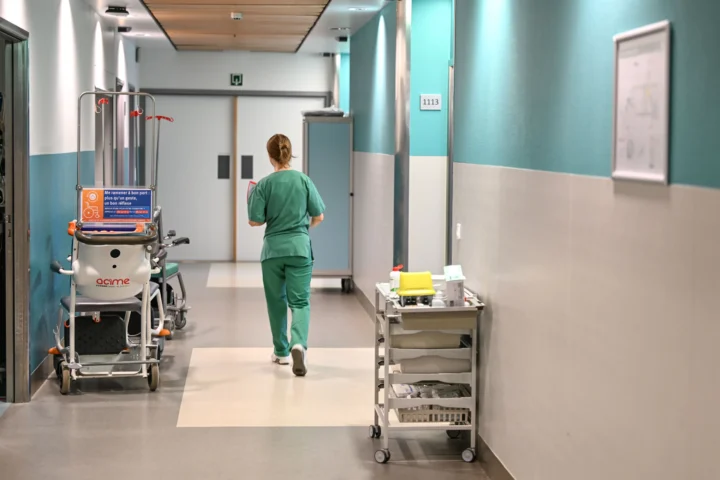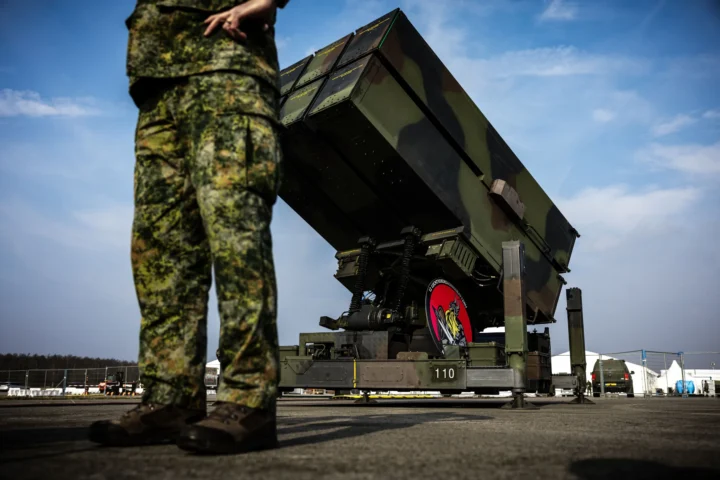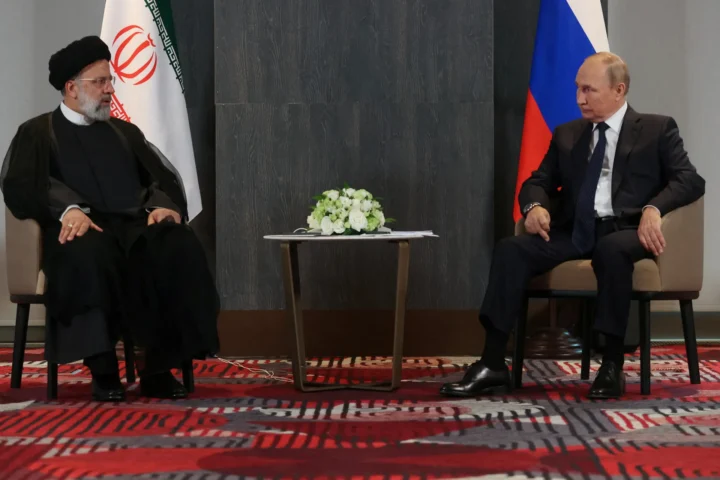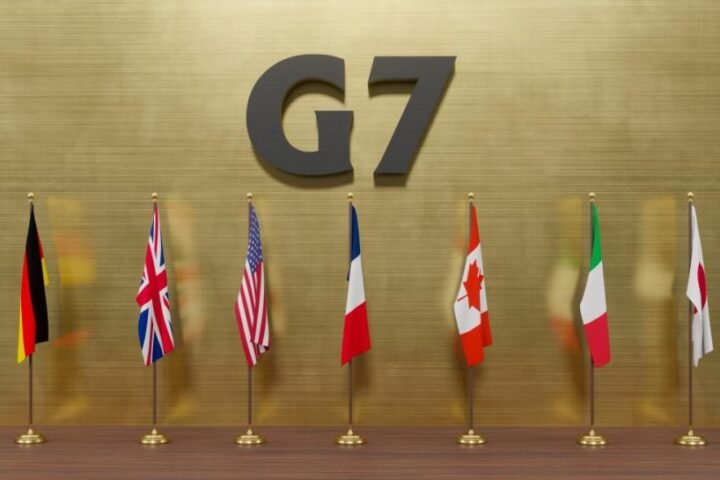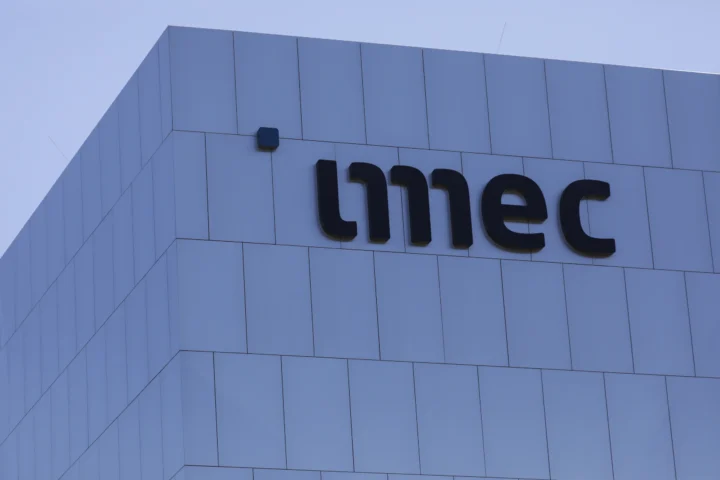As NATO ushers in the new year, it faces an array of challenges. The alliance needs to decide how to strengthen its defenses against Russia, support Ukraine and deal with an unpredictable US President Donald Trump.
NATO chief Mark Rutte set the tone for the alliance’s priorities for 2025 in an ominous speech highlighting just how close war is to the doorstep of the military alliance.
“From Brussels, it takes one day to drive to Ukraine,” he said in a December speech at the Carnegie Europe think tank. “That’s how close the Russian bombs are falling. It’s how close the Iranian drones are flying. And not very much further, the North Korean soldiers are fighting.”
Rutte made a case for public support of increased government defense spending and investment not only to strengthen European security, but also to aid Ukraine and deter Russia from expanding further.
Can more defense spending win over Trump?
Defense spending increases by NATO’s European members would also likely help the alliance with its challenge of dealing with an unpredictable US President Donald Trump. While all recent US presidents have called for European nations to spend more on their defense, Trump is the only one who has threatened to abandon alliance members who fail to pony up.
In a bid to win Trump over, many European states met the pledge to spend 2% of their gross domestic product on defense in 2024. Now, as Trump prepares to take office for a second term, there are suggestions that NATO may up the spending target to 3% or even 4%.
“We will need more time to consult amongst allies what exactly the new level should be. But it is considerably more than 2%,” Rutte confirmed. “Let me be very frank, if you would only spend more and not spend better, you have to go to at least 4%.”
Experts have said Trump will likely push for 4%, and that the European allies would be well advised to offer deals he sees as favorable.
“Europeans need to offer a good deal to the US,” Gesine Weber, a fellow with the German Marshall Fund, told DW in a written statement. “A model where the US could only be a ‘backstop’ or a ‘defender of last resort,’ while Europeans assure most of European conventional defense, could fulfill this criterion.”
European efforts to bolster NATO — and where they fall short
There is consensus among NATO’s European members that they must do more for their own defense by picking up on lagging defense production and plugging logistical gaps.
In 2024, NATO held Steadfast Defender, its largest military exercise since the Cold War. In December, it decided to revise its 2015 hybrid warfare strategy as acts of suspected sabotage at Moscow’s behest have risen over the last few years.
There has also been a concerted effort to increase troop deployments on NATO’s borders. Germany, for instance, has decided to send 5,000 soldiers to Lithuania by 2027.
European NATO members face a particular disadvantage when it comes to intelligence, surveillance and reconnaissance capabilities, such as satellites with a view of enemy territory or large transport helicopters that can carry bulky defense equipment and troops over a long distance.

Improvements over the next year are planned in this sector, but experts believe it will take more than a decade to develop the capabilities the Europeans currently depend on the US for.
“The Europeans have few satellites, and it can take up to 10 to 15 years to fill this gap,” Rafael Loss, an expert on security and defense in the Euro-Atlantic area at the European Council on Foreign Relations, told DW. But the first challenge for European states is to shell out the cash such projects require, he added.
NATO’s benefits reach beyond north Atlantic
NATO’s European members argue that the alliance not only ensures security and prosperity on both sides of the Atlantic but also strengthens Washington’s response to Beijing in the Indo-Pacific region.
The allies have enhanced ties with their four Asian partners — the so-called AP4 of Australia, New Zealand, South Korea and Japan — to combat China and Russia’s “no-limits” partnership. The NATO-AP4 cooperation is expected to grow in 2025 with more intelligence sharing.
“NATO’s European members are trying to tell Trump’s China hawks that abandoning NATO will make it much more difficult for them to confront China,” Loss said.

How will Trump handle Ukraine?
As Russia’s full-scale invasion of Ukraine nears its third anniversary in February, European leaders have reiterated support for Kyiv but have no illusions that if the US cuts off aid, they will not be able to meet the shortfall.
Budget shortfalls at home have made wealthier European states reticent to make promises to Ukraine, especially without knowing if support from the United States, Ukraine’s largest financial and military backer, will continue.
Ukrainian membership in NATO will also be “a major point of friction within the alliance,” Kristine Berzina, the Washington-based managing director of GMF Geostrategy North, told DW.
NATO’s European members generally support Ukrainian membership in the alliance — with Germany being an outlier — but that commitment would amount to mere lip service if the Trump administration opposes enlargement, Weber said.
According to Berzina, “[Ukrainian President Volodymyr] Zelenskyy is being very clear that Ukraine’s future needs to be in NATO.” But she added that incoming US vice president, JD Vance, “has expressed doubt about this trajectory.”
French President Emmanuel Macron hosted Trump and Zelenskyy at the reopening of Notre Dame Cathedral in December. Experts said the goal was to soften Trump’s stance on Ukraine and influence his policy in Kyiv’s favor.
But no one knows how Trump will proceed — “that’s the big unknown,” said Loss.

